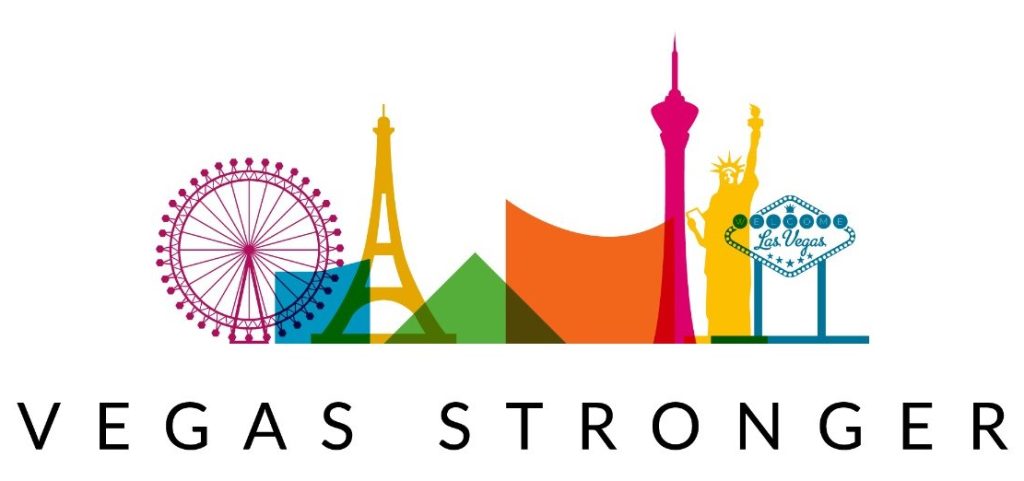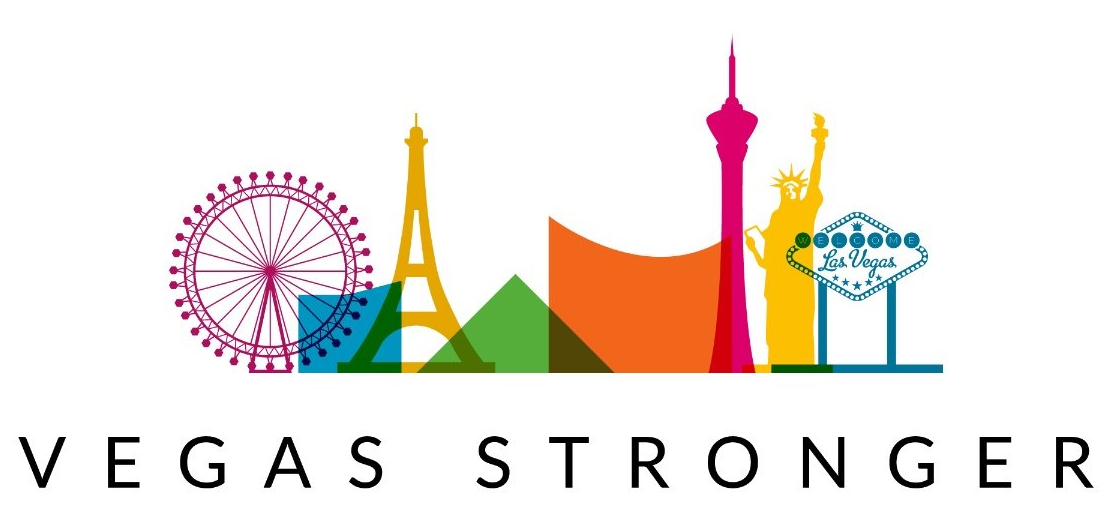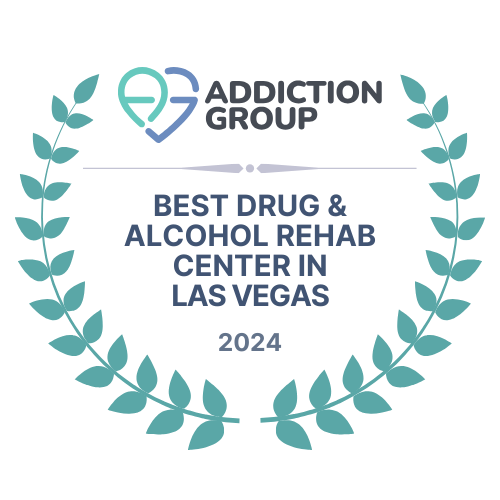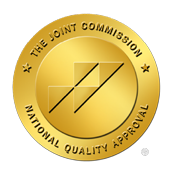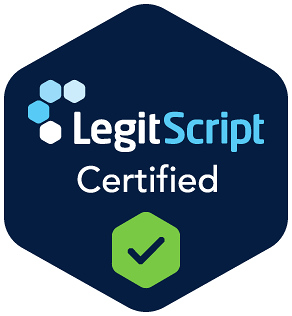Introduction to Vegas Stronger
When seeking help for yourself or a loved one struggling with addiction, mental health issues, or homelessness, it is essential to find a resource that provides comprehensive support. Vegas Stronger stands out as a premier provider of these services in Las Vegas.
Why Choose Vegas Stronger
Vegas Stronger specializes in treatment options like suboxone treatment, which is known for its effectiveness in treating opioid addiction. Suboxone is an FDA-approved medication that not only alleviates withdrawal symptoms but also reduces cravings, making it a vital component of a successful recovery plan. It functions as a partial opioid agonist, targeting the same brain receptors as opioids do without the risk of developing full physical dependence (National Addiction Specialists).
Choosing Vegas Stronger ensures that you or your loved one receives tailored treatment programs that include medical, social, and psychological support. This holistic approach is crucial for those facing dual diagnosis issues, where mental health conditions are present alongside substance abuse disorders.
The affordability of suboxone treatment is another significant factor. Many insurance plans cover its costs, and patients often find the investment justified due to the improvement in their quality of life (National Addiction Specialists). This approach not only works towards overcoming addiction but also addresses related problems such as anxiety, depression, and the challenges of homelessness.
At Vegas Stronger, the commitment to support is evident not only through treatment but also via connections to additional resources such as addiction recovery support groups and transitional housing support. With access to a wide range of services, including cognitive behavioral therapy and specialized treatment for various substances, clients can expect personalized care that focuses on long-term recovery.
Overall, if you are looking for a reliable partner in healing and recovery, Vegas Stronger is poised to provide the assistance you need, affirming that help is available and recovery is possible.
Benefits of Suboxone Treatment
Suboxone treatment is gaining recognition as a critical resource for individuals struggling with opioid addiction. By choosing Suboxone, you or your loved one can access a comprehensive approach to recovery that offers numerous benefits.
Effectiveness of Suboxone
Suboxone is specifically designed to help those battling opioid dependence. It combines two active ingredients—buprenorphine and naloxone—to effectively manage cravings while minimizing withdrawal symptoms. Research indicates that over 12 weeks, 49% of individuals using Suboxone reported a reduction in painkiller abuse (Addiction Center). Moreover, when used alongside behavioral therapy, the effectiveness of Suboxone increases significantly, enhancing the likelihood of achieving long-term sobriety.
| Duration of Use | Reduction in Painkiller Abuse (%) |
|---|---|
| 12 weeks | 49 |
Suboxone vs. Alternative Treatments
When considering treatment options, it’s essential to compare Suboxone to alternative medications such as Methadone and Subutex. Suboxone is often termed the gold standard in Medication for Addiction Treatment (MAT) and is preferred for treating opioid use disorder. Unlike Methadone, which requires frequent clinic visits, Suboxone allows for more flexibility with telemedicine management. This makes it a more convenient option for many individuals.
Subutex, which lacks the naloxone component, can be easier to overdose on compared to Suboxone. This added safety feature of Suboxone further enhances its reputation as a safer option during the recovery process.
In summary, Suboxone treatment provides an effective and safer alternative compared to other medications, increasing the chances of you or a loved one successfully overcoming addiction while accessing various support services, including addiction counseling and dual diagnosis treatment. By making the choice to pursue Suboxone treatment, you are taking a significant step towards a healthier and more fulfilling life.
Understanding Suboxone
Suboxone is a vital part of the treatment for individuals struggling with opioid addiction. Understanding its components and how it functions can help you or a loved one make informed decisions about suboxone treatment.
Components of Suboxone
Suboxone is a combination medication that contains two active ingredients: buprenorphine and naloxone.
-
Buprenorphine: This is a partial opioid agonist, which means it activates opioid receptors in the brain but to a much lesser degree than full opioids. This helps reduce cravings and withdrawal symptoms while minimizing the potential for misuse.
-
Naloxone: This is an opioid antagonist included to discourage misuse. If Suboxone is misused by injection or snorting, naloxone can induce withdrawal symptoms, providing a strong deterrent to abuse. When taken as prescribed, naloxone does not affect the medication’s intended effects (European Medicines Agency).
Suboxone is typically administered as a film that dissolves under the tongue or inside the cheek, allowing for quick absorption into the bloodstream. This method enhances patient compliance by making it easier to take.
How Suboxone Works
Suboxone works by targeting the same receptors in the brain that opioids bind to, effectively:
-
Relieving Withdrawal Symptoms: Buprenorphine helps manage withdrawal symptoms by partially activating opioid receptors, thus providing a milder effect without the intense highs associated with full agonists.
-
Reducing Cravings: By occupying these receptors, Suboxone lessens the urge to seek and use other opioids, helping individuals focus on their recovery.
-
Preventing Misuse: The presence of naloxone acts as a safeguard against misuse, ensuring that if Suboxone is not taken as directed, it will precipitate withdrawal symptoms, making it less likely to be abused (American Addiction Centers).
Suboxone’s unique combination as a treatment option offers a safer pathway for individuals looking to recover from opioid dependence. It allows for a focus on necessary therapeutic components, such as counseling and support services, which are crucial for optimal recovery outcomes.
For additional assistance and resources related to your recovery journey, consider exploring our options for addiction counseling or seek out our long term recovery support programs.
Suboxone Treatment Process
Phases of Suboxone Treatment
The treatment process with Suboxone consists of three distinct phases: induction, stabilization, and maintenance (American Addiction Centers).
-
Induction Phase: This phase begins 12-24 hours after the last opiate use. It is crucial for the patient to abstain from opioids during this time to allow them to clear from the system and to observe any early withdrawal symptoms. Suboxone is typically started at a recommended dose of 4 mg buprenorphine and 1 mg naloxone.
-
Stabilization Phase: Once the patient is comfortable, adjustments to the dosage may occur based on their response. This includes monitoring for reduced illicit opioid use and the absence of cravings while ensuring minimal side effects. The daily dosage should not exceed 24 mg buprenorphine.
-
Maintenance Phase: This phase focuses on long-term recovery. The goal is to maintain the patient’s stability while supporting their ongoing recovery efforts. Patients will continue to receive ongoing support and monitoring to help maintain their progress.
Dosage and Administration
Administering Suboxone correctly is vital for its effectiveness in treating opioid dependence. Following is a breakdown of how Suboxone should be dosed and monitored:
| Phase | Initial Dose | Max Daily Dose | Monitoring |
|---|---|---|---|
| Induction | 4 mg buprenorphine and 1 mg naloxone (under the tongue) | 24 mg buprenorphine | Liver function checks before starting and regularly during treatment |
| Stabilization | Adjustments based on individual response | 24 mg buprenorphine | Monitor cravings, illicit use, and side effects |
| Maintenance | Maintenance doses as needed | N/A | Ongoing support and assessments |
Suboxone works for up to three days, making it a long-lasting option for managing opiate withdrawal symptoms. By understanding these phases and adhering to the dosage guidelines, you can help ensure effective treatment and support your recovery journey.
For additional support and services, you can explore resources like addiction treatment and long term recovery support.
Side Effects and Considerations
Understanding the side effects and considerations associated with suboxone treatment is essential for you or a loved one contemplating this option for managing addiction. While many people benefit from suboxone, it is important to be aware of the potential effects it may have.
Common Side Effects of Suboxone
Suboxone can lead to several common side effects. These side effects are typically mild and may resolve shortly after you start treatment. Commonly reported side effects include:
| Side Effect | Description |
|---|---|
| Constipation | Difficulty or infrequent bowel movements. |
| Headache | Pain that can vary in severity. |
| Sweating | Increased perspiration. |
| Insomnia | Difficulty falling or staying asleep. |
| Weight Fluctuations | Changes in body weight, either gain or loss. |
Additionally, while less common, serious side effects may arise, such as severe allergic reactions, misuse and dependence, and breathing problems. In some cases, overuse can lead to coma or liver damage (Medical News Today). It is crucial to discuss potential side effects with a healthcare provider to determine if suboxone is a safe option for you.
Precautions and Risks
When considering suboxone treatment, it’s important to keep certain precautions in mind. Serious side effects, such as respiratory depression, can occur in 1-10 percent of patients. This can cause shallow or slow breathing, which may lead to a lack of oxygen in the body (American Addiction Centers). If respiratory issues occur, seeking immediate medical assistance is paramount.
Additionally, the risk of side effects may increase when suboxone is taken alongside other central nervous system depressants, including alcohol or benzodiazepines. For safety, it is recommended to avoid combining suboxone with these substances. Always inform your prescribing doctor about any other medications or substances being taken.
For individuals looking for comprehensive support throughout their addiction journey, resource options are available, including substance use disorder treatment, addiction counseling, and long term recovery support. This holistic approach helps ensure you or your loved one receive the support needed for a successful recovery.
Success and Affordability of Suboxone
Success Rate of Suboxone Treatment
Suboxone treatment is known for its high success rate in reducing opioid cravings and withdrawal symptoms. The partial opioid agonist nature of Suboxone allows for gradual dosage tapering, which contributes to its effectiveness and safety compared to other treatments like Methadone. Studies show that patients using Suboxone often find it easier to adhere to their treatment plan due to its deterrent effects against overuse and the absence of euphoric effects (National Addiction Specialists).
| Success Factor | Description |
|---|---|
| Reduction of Cravings | High effectiveness in managing cravings for opioids |
| Withdrawal Symptom Relief | Significant reduction in withdrawal symptoms |
| Adherence to Treatment | Easier for patients to stick to their treatment programs |
| Reduced Risk of Misuse | Partial agonist effect decreases the likelihood of overuse |
Affordability and Insurance Coverage
The affordability of Suboxone treatment varies based on various factors, including insurance coverage and the specific treatment plan. As Suboxone is classified as a Schedule III prescription drug, there are protocols regarding prescriptions. Many insurance plans cover Suboxone treatment, although coverage may differ for medication-assisted treatments. You should check with your insurance provider to understand your benefits for addiction treatment involving Suboxone.
Patients should also be aware of potential out-of-pocket costs associated with consultations, therapy sessions, and medications. Organizations like Vegas Stronger provide financial assistance programs, making it more accessible for individuals seeking help. For more resources, including options for long term recovery support and case management for addiction, explore the options available to you.
| Cost Component | Estimated Price Range |
|---|---|
| Monthly Suboxone Prescription | $150 – $800 (depending on dosage) |
| Counseling Sessions | $50 – $150 per session |
| Insurance Coverage | Varies by plan |
Understanding both the success rates and affordability of Suboxone treatment can help you make an informed decision about the best path forward for recovery.
